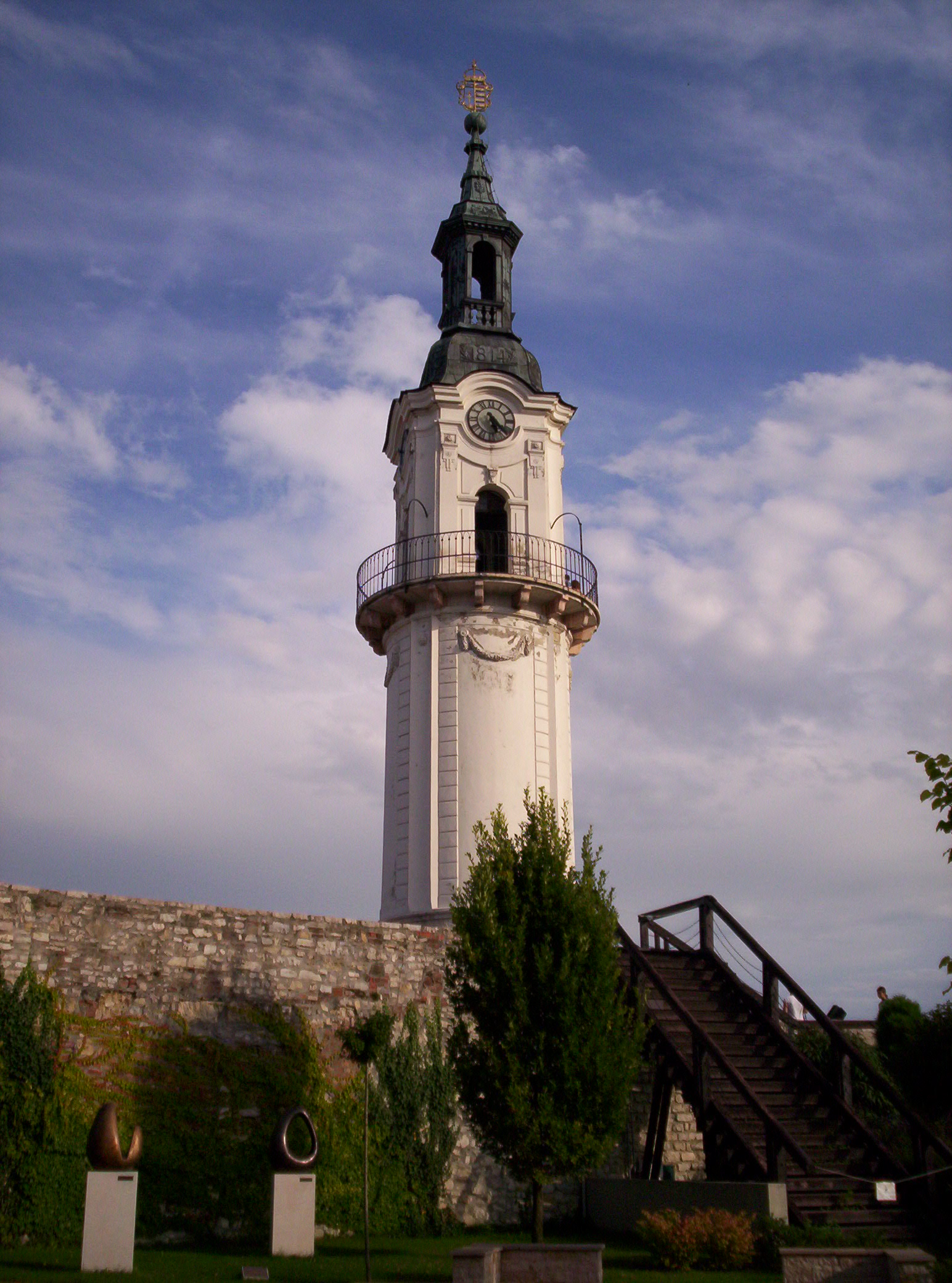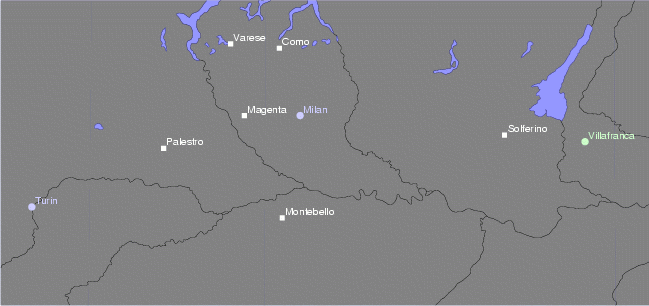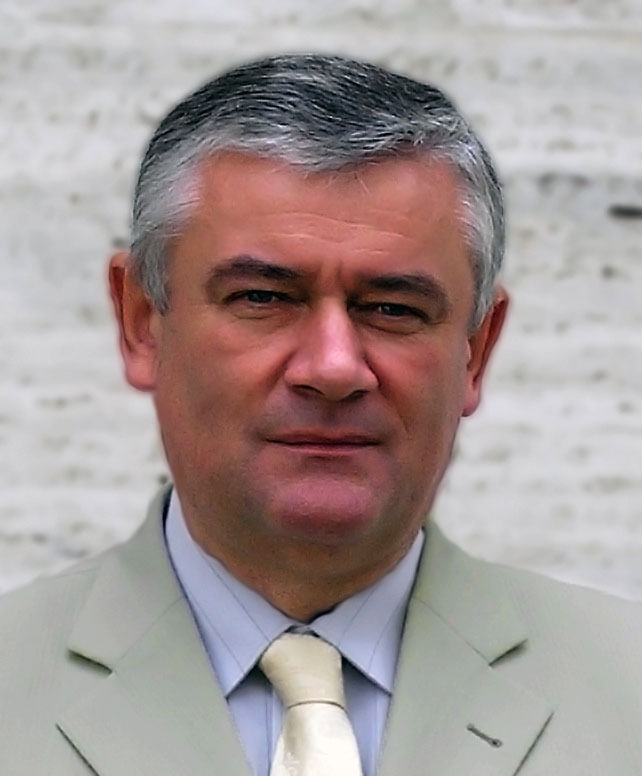|
Leopold Óváry
Leopoldo Óváry (born Óváry Lipót) (31 December 1833, Veszprém - 4 April 1919, Budapest) was a Hungarian historian and custodian of the Hungarian state archives. He took part in the Hungarian struggle for liberty in 1848 and in the Italian war of independence in 1859. After the political troubles had been settled he devoted himself to the study of history, in which he soon achieved distinction. In 1876 he was appointed assistant custodian of the state archives, in 1904 chief custodian; and in 1892 he was elected a member of the Hungarian Academy of Sciences. A knighthood of the Order of the Crown of Italy was conferred upon him. Óváry's writings had considerable political influence, especially those attacking the anti-Hungarian Romanian propaganda in Italy. His chief works include: ''Nápolyi Történelmi Kutatások'' (Budapest, 1874); ''III. Pál Pápa s Farnese Sándor Bibornok Magyarországra Vonatkozó Diplomácziai Levelezései'' (ib. 1879); ''Oklevéltár Bethlen G ... [...More Info...] [...Related Items...] OR: [Wikipedia] [Google] [Baidu] |
Veszprém
Veszprém (; german: Weißbrunn, sl, Belomost) is one of the oldest urban areas in Hungary, and a city with county rights. It lies approximately north of the Lake Balaton. It is the administrative center of the county (comitatus or 'megye') of the same name. Etymology The name of the city originates from a Slavic personal name ''Bezprem'' or ''Bezprym'' (Proto-Slavic ''Bezprěmъ'') meaning "stubborn", "self-confident, not willing to retreat". ''Besprem'' (before 1002), ''Vezprem'' (1086), ''Bezpremensis'' (1109). The form ''Vezprem'' originates in early medieval scribal habits and frequent exchange of ''B'' and ''V'' under the influence of Greek. The city was named either after a chieftain, or the son of Judith of Hungary, who settled here after her husband Boleslaus I of Poland expelled her and her son. Location and legend The city can be reached via the M7 highway and Road 8. It can also be reached from Győr via Road 82 and from Székesfehérvár via Road 8. Accordin ... [...More Info...] [...Related Items...] OR: [Wikipedia] [Google] [Baidu] |
Budapest
Budapest (, ; ) is the capital and most populous city of Hungary. It is the ninth-largest city in the European Union by population within city limits and the second-largest city on the Danube river; the city has an estimated population of 1,752,286 over a land area of about . Budapest, which is both a city and county, forms the centre of the Budapest metropolitan area, which has an area of and a population of 3,303,786; it is a primate city, constituting 33% of the population of Hungary. The history of Budapest began when an early Celtic settlement transformed into the Roman town of Aquincum, the capital of Lower Pannonia. The Hungarians arrived in the territory in the late 9th century, but the area was pillaged by the Mongols in 1241–42. Re-established Buda became one of the centres of Renaissance humanist culture by the 15th century. The Battle of Mohács, in 1526, was followed by nearly 150 years of Ottoman rule. After the reconquest of Buda in 1686, the ... [...More Info...] [...Related Items...] OR: [Wikipedia] [Google] [Baidu] |
Hungary
Hungary ( hu, Magyarország ) is a landlocked country in Central Europe. Spanning of the Carpathian Basin, it is bordered by Slovakia to the north, Ukraine to the northeast, Romania to the east and southeast, Serbia to the south, Croatia and Slovenia to the southwest, and Austria to the west. Hungary has a population of nearly 9 million, mostly ethnic Hungarians and a significant Romani minority. Hungarian, the official language, is the world's most widely spoken Uralic language and among the few non-Indo-European languages widely spoken in Europe. Budapest is the country's capital and largest city; other major urban areas include Debrecen, Szeged, Miskolc, Pécs, and Győr. The territory of present-day Hungary has for centuries been a crossroads for various peoples, including Celts, Romans, Germanic tribes, Huns, West Slavs and the Avars. The foundation of the Hungarian state was established in the late 9th century AD with the conquest of the Carpathian Basin by Hungar ... [...More Info...] [...Related Items...] OR: [Wikipedia] [Google] [Baidu] |
National Archives (Hungary)
The National Archives of Hungary (in Hungarian: ''Magyar Nemzeti Levéltár'') were created in 1756. They were first located in Pressburg. In 1784, they were transferred to Buda. The National Archives of Hungary is the nation's record keeper. Archival work in the 21st century is to collect, to catalog, and to restore historic documents, but also to serve the needs of society and the citizens, and provide them assistance in their research into history. These valuable records are preserved and made available for you if you want to research your family’s history or a historical topic that interests you. See also * Ottoman Archives *Venice State Archive * Dubrovnik Archive *List of national archives *Leopold Óváry References External links National Archives of Hungary {{DEFAULTSORT:National Archives Of Hungary Hungary Hungary ( hu, Magyarország ) is a landlocked country in Central Europe. Spanning of the Pannonian Basin, Carpathian Basin, it is bordered ... [...More Info...] [...Related Items...] OR: [Wikipedia] [Google] [Baidu] |
The Revolutions Of 1848 In The Habsburg Areas
The Revolutions of 1848 in the Austrian Empire were a set of revolutions that took place in the Austrian Empire from March 1848 to November 1849. Much of the revolutionary activity had a nationalist character: the Empire, ruled from Vienna, included ethnic Germans, Hungarians, Slovenes, Poles, Czechs, Slovaks, Ruthenians (Ukrainians), Romanians, Croats, Venetians and Serbs; all of whom attempted in the course of the revolution to either achieve autonomy, independence, or even hegemony over other nationalities. The nationalist picture was further complicated by the simultaneous events in the German states, which moved toward greater German national unity. Besides these nationalists, liberal and even socialist currents resisted the Empire's longstanding conservatism. Preamble The events of 1848 were the product of mounting social and political tensions after the Congress of Vienna of 1815. During the "pre-March" period, the already conservative Austrian Empire moved further aw ... [...More Info...] [...Related Items...] OR: [Wikipedia] [Google] [Baidu] |
Austro-Sardinian War
The Second Italian War of Independence, also called the Franco-Austrian War, the Austro-Sardinian War or Italian War of 1859 ( it, Seconda guerra d'indipendenza italiana; french: Campagne d'Italie), was fought by the Second French Empire and the Savoyard Kingdom of Sardinia against the Austrian Empire in 1859 and played a crucial part in the process of Italian Unification. A year prior to the war, in the Plombières Agreement, France agreed to support Sardinia's efforts to expel Austria from Italy in return for territorial compensation in the form of the Duchy of Savoy and the County of Nice. The two states signed a military alliance in January 1859. Sardinia mobilised its army on 9 March 1859, and Austria mobilized on 9 April. On 23 April, Austria delivered an ultimatum to Sardinia demanding its demobilization. Upon Sardinia's refusal, the war began on 26 April. Austria invaded Sardinia three days later, and France declared war on Austria on 3 May. The Austrian invasion w ... [...More Info...] [...Related Items...] OR: [Wikipedia] [Google] [Baidu] |
Order Of The Crown Of Italy
The Order of the Crown of Italy ( it, Ordine della Corona d'Italia, italic=no or OCI) was founded as a national order in 1868 by King Vittorio Emanuele II, to commemorate the unification of Italy in 1861. It was awarded in five degrees for civilian and military merit. Today the Order of the Crown has been replaced by the Order of Merit of Savoy and is still conferred on new knights by the current head of the house of Vittorio Emanuele, Prince of Naples. Compared with the older Order of Saints Maurice and Lazarus (1572), the Order of the Crown of Italy was awarded more liberally and could be conferred on non-Catholics as well; eventually, it became a requirement for a person to have already received the Order of the Crown of Italy in at least the same degree before receiving the Order of Saints Maurice and Lazarus. The order has been suppressed by law since the foundation of the Republic in 1946. However, Umberto II did not abdicate his position as ''fons honorum'' and it rema ... [...More Info...] [...Related Items...] OR: [Wikipedia] [Google] [Baidu] |
Anti-Hungarian Sentiment
Anti-Hungarian sentiment (also known as Hungarophobia, Anti-Hungarianism, Magyarophobia or Antimagyarism) is dislike, distrust, racism, or xenophobia directed against the Hungarians. It can involve hatred, grievance, distrust, intimidation, fear, and hostility towards the Hungarian people, language and culture. History During the existence of the Kingdom of Hungary and Croatia, the Banate of Bosnia was accused of holding the alleged Cathar anti-pope Nicetas. Given that the Kingdom of Hungary and Croatia was under heavy Catholic influence, and Bosnia having a decentralized religious practice, Pope Honorius III would preach about invading Bosnia to pacify Nicetas, whilst Hungary would be able to incorporate Bosnia into its control. Later, in 1235, Hungary, with the justification of Pope Gregory IX would launch the Bosnian Crusade in order to subdue the Banate under its control. However, in 1241, the Mongols invaded Hungary, thus completely abandoning the crusade and returning t ... [...More Info...] [...Related Items...] OR: [Wikipedia] [Google] [Baidu] |
Romania
Romania ( ; ro, România ) is a country located at the crossroads of Central Europe, Central, Eastern Europe, Eastern, and Southeast Europe, Southeastern Europe. It borders Bulgaria to the south, Ukraine to the north, Hungary to the west, Serbia to the southwest, Moldova to the east, and the Black Sea to the southeast. It has a predominantly Temperate climate, temperate-continental climate, and an area of , with a population of around 19 million. Romania is the List of European countries by area, twelfth-largest country in Europe and the List of European Union member states by population, sixth-most populous member state of the European Union. Its capital and largest city is Bucharest, followed by Iași, Cluj-Napoca, Timișoara, Constanța, Craiova, Brașov, and Galați. The Danube, Europe's second-longest river, rises in Germany's Black Forest and flows in a southeasterly direction for , before emptying into Romania's Danube Delta. The Carpathian Mountains, which cross Roma ... [...More Info...] [...Related Items...] OR: [Wikipedia] [Google] [Baidu] |
Italy
Italy ( it, Italia ), officially the Italian Republic, ) or the Republic of Italy, is a country in Southern Europe. It is located in the middle of the Mediterranean Sea, and its territory largely coincides with the homonymous geographical region. Italy is also considered part of Western Europe, and shares land borders with France, Switzerland, Austria, Slovenia and the enclaved microstates of Vatican City and San Marino. It has a territorial exclave in Switzerland, Campione. Italy covers an area of , with a population of over 60 million. It is the third-most populous member state of the European Union, the sixth-most populous country in Europe, and the tenth-largest country in the continent by land area. Italy's capital and largest city is Rome. Italy was the native place of many civilizations such as the Italic peoples and the Etruscans, while due to its central geographic location in Southern Europe and the Mediterranean, the country has also historically been home ... [...More Info...] [...Related Items...] OR: [Wikipedia] [Google] [Baidu] |
Christianity
Christianity is an Abrahamic monotheistic religion based on the life and teachings of Jesus of Nazareth. It is the world's largest and most widespread religion with roughly 2.38 billion followers representing one-third of the global population. Its adherents, known as Christians, are estimated to make up a majority of the population in 157 countries and territories, and believe that Jesus is the Son of God, whose coming as the messiah was prophesied in the Hebrew Bible (called the Old Testament in Christianity) and chronicled in the New Testament. Christianity began as a Second Temple Judaic sect in the 1st century Hellenistic Judaism in the Roman province of Judea. Jesus' apostles and their followers spread around the Levant, Europe, Anatolia, Mesopotamia, the South Caucasus, Ancient Carthage, Egypt, and Ethiopia, despite significant initial persecution. It soon attracted gentile God-fearers, which led to a departure from Jewish customs, and, a ... [...More Info...] [...Related Items...] OR: [Wikipedia] [Google] [Baidu] |



.jpg)

